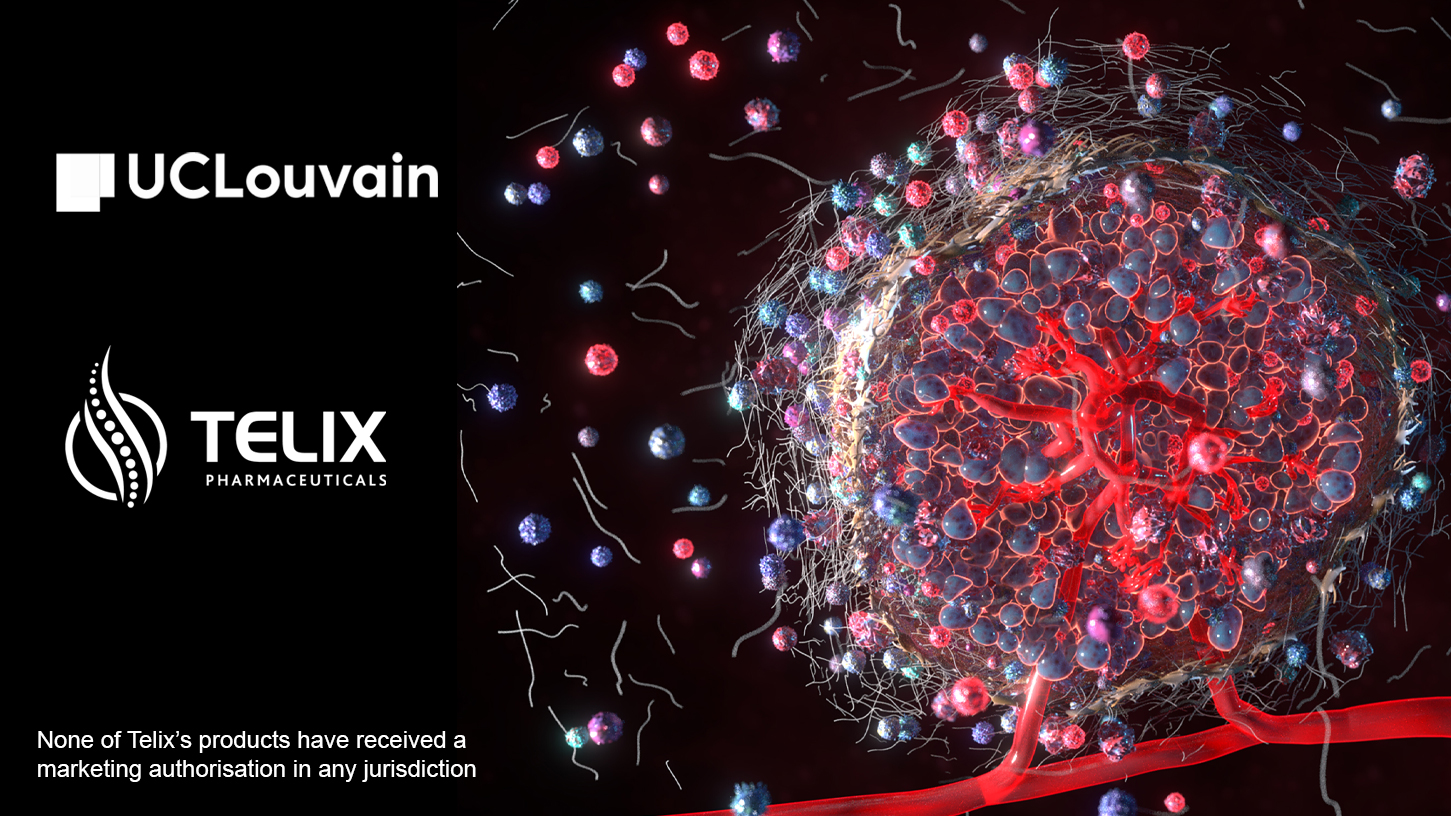Telix Licenses Investigational PET Radiotracer
 Telix Pharmaceuticals has entered into an exclusive licence agreement for a novel positron emission tomography (PET) radiotracer that originates from the Université catholique de Louvain (UCLouvain). The investigational-stage PET radiotracer, known as [18F]-3-fluoro-2-hydroxypropionate or [18F]-FLac, has demonstrated promise for imaging lactate metabolism in oxygenated tumors and tumor microenvironment (TME). This is based on the observation that many types of human tumors consume lactate as a respiratory fuel.
Telix Pharmaceuticals has entered into an exclusive licence agreement for a novel positron emission tomography (PET) radiotracer that originates from the Université catholique de Louvain (UCLouvain). The investigational-stage PET radiotracer, known as [18F]-3-fluoro-2-hydroxypropionate or [18F]-FLac, has demonstrated promise for imaging lactate metabolism in oxygenated tumors and tumor microenvironment (TME). This is based on the observation that many types of human tumors consume lactate as a respiratory fuel.
Professor Pierre Sonveaux and his team at UCLouvain have demonstrated that many types of cancer cells cultured under oxygenated conditions can use lactate as a respiratory fuel,1 and have developed an [18F]-labelled lactate analogue ([18F]-FLac) that enables imaging of lactate metabolism in oxygenated tumor regions.2 Telix will collaborate with Professor Sonveaux’s team to explore whether [18F]-FLac may offer an alternative diagnostic modality, where glucose metabolism is reduced and [18F]-FDG is not performing, by imaging lactate transport mechanisms. [18F]-FLac could act as an adjunct to [18F]-FDG imaging and help to identify cancers that are more aggressive in nature and less responsive to current treatments, particularly immuno-oncology therapeutics.
Pierre Sonveaux, Professor at UCLouvain and Research Director at the Belgian National Fund for Scientific Research (F.R.S.-FRNS) stated, “Our early research into the tumor microenvironment has shown that [18F]-FLac holds great promise as a novel PET tracer for detection of tumors that are difficult to image with [18F]-FDG. Being able to reliably detect these tumors and to take into consideration their metabolic activities holds great clinical significance for the management of many different cancers. We are also very pleased that the owner of the patent has decided that his returns from the licence fee will be given to charitable institutions. We look forward to working with Telix to continue the development of [18F]-FLac and its potential role in improving outcomes for cancer patients.”
Telix Chief Scientist, Dr. Michael Wheatcroft added, “This is a very exciting and novel tumor tracer with the potential to complement the ‘universal’ PET agent [18F]-FDG to improve the detection of all tumors. Importantly, there are also synergies of this imaging agent with Telix’s carbonic anhydrase IX (CA9) program and overall strategy to use our understanding of tumor microenvironment to target difficult-to-treat hypoxic tumors and make them more susceptible to treatment. Ultimately our aim with [18F]-FLac is to empower oncologists with more information; to identify disease that they wouldn’t otherwise have seen with solid or fibrotic tumors, and steer Telix’s tumor microenvironment (TME) program into new indications. We are delighted that the inventor, Professor Sonveaux, will continue to be personally involved in this research as well as an advisor for Telix’s broader TME program.”
1 Sonveaux P et al. J. Clin. Invest. 2008;118:3930-42.
2 Van Hée VF et al. Oncotarget 2017;8:24415-28.